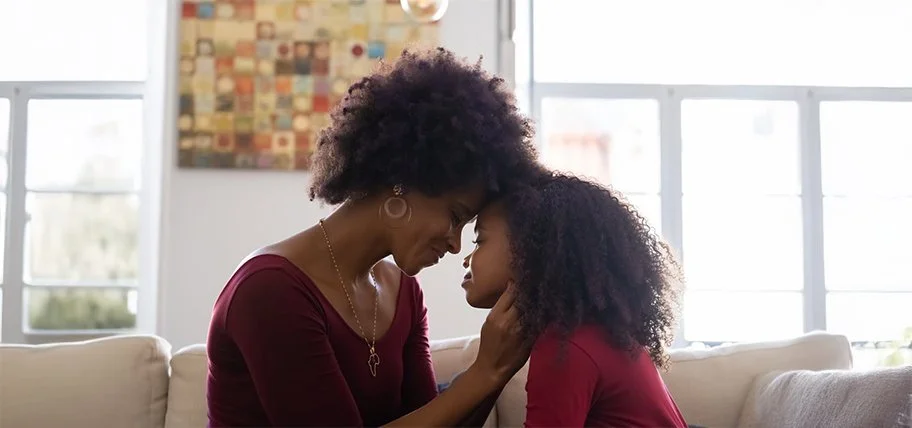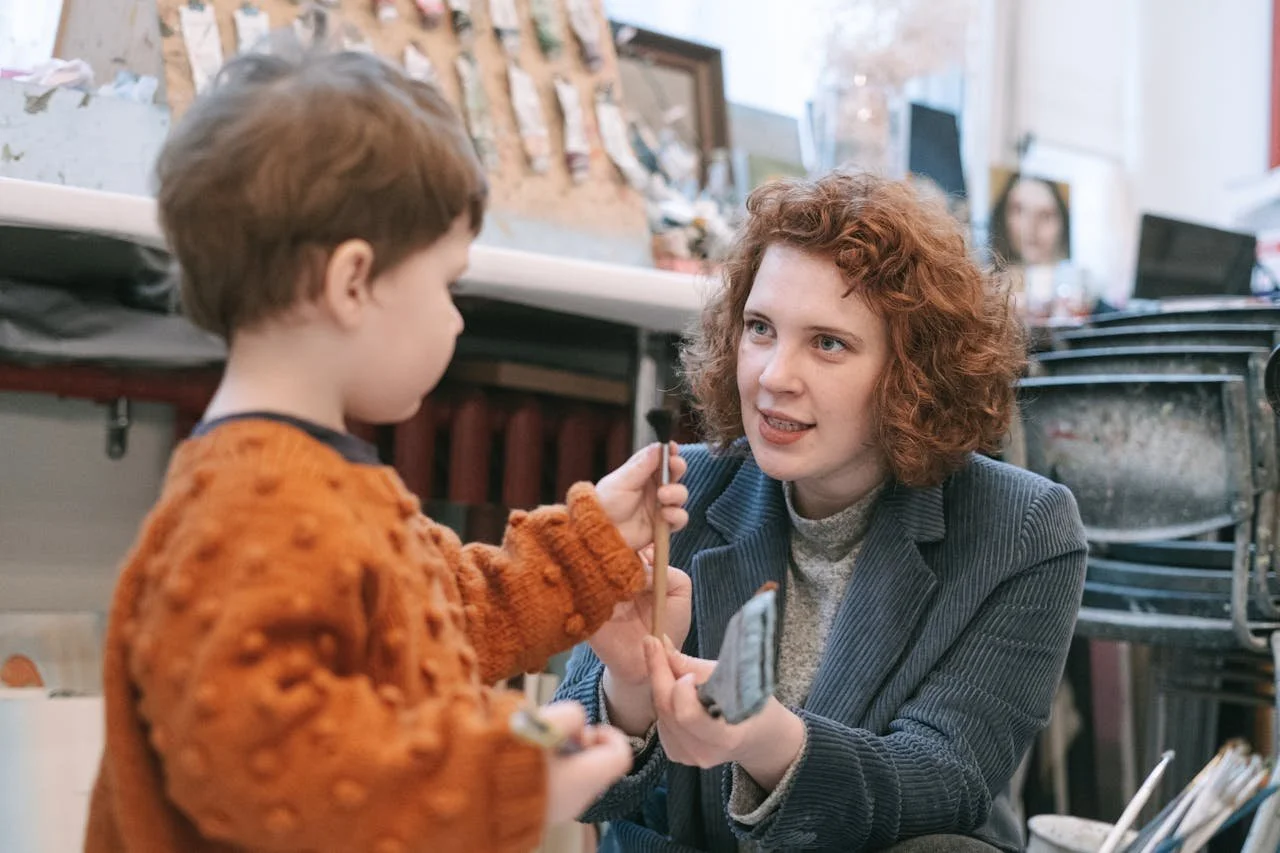The Mirror Effect
“Each day of our lives, we make deposits in the memory banks of our children.”
— Charles R. Swindoll
Let’s start with an uncomfortable truth: Kids don’t do what we say—they do what we do. (Take a moment to let that one sink in. Deep breaths.)
If you’ve ever told a child, “Use your words!” while muttering not-so-nice ones under your breath… Or coached a student on calming down while you were two seconds away from slamming your coffee cup in frustration…
Congratulations—you are fully human.
And that’s exactly the point. Social and Emotional Learning (SEL) doesn’t begin with posters, morning meetings, or special activities.
It begins with us. The grown-ups. The models. The mirrors.
Every time we handle frustration, solve a conflict, admit a mistake, or show kindness—we’re teaching. Whether we realize it or not. And while it would be amazing if kids could just absorb emotional regulation by osmosis, they’re actually looking to you to show them how it’s done.
That might sound like a lot of pressure, but it’s actually a gift. Because it means we don’t need to be perfect—we just need to be aware.
You don’t need to have all the answers. You don’t need to stay calm 100% of the time. You don’t even need to nail the teachable moment on the first try.
What you do need is a willingness to reflect and repair. To pause when you can. To say things like:
“I’m feeling overwhelmed right now, and I need a moment.”
“I didn’t handle that well. I’m sorry.”
“I’m still learning how to manage my feelings, too.”
That right there? That’s SEL in action. That’s real. That’s modeling.
That’s also incredibly powerful for kids to witness.
How do we actually practice what we preach—without burning out?
Here are a few small, simple ways to start:
1. Pause before you react. Even a few seconds of silence can interrupt a reactive spiral.
2. Narrate your own regulation. “I’m starting to feel frustrated, so I’m going to take a breath.”
3. Repair when needed. “I was snappy earlier. That wasn’t fair to you. Let’s try again.”
4. Reflect at the end of the day. Ask yourself: What worked today? Where did I lose my footing? What could I try differently tomorrow?
None of this requires a special curriculum or fancy materials. It just requires presence. And practice.
Here’s the beautiful part: when adults show up with self-awareness, emotional honesty, and regulation, kids learn it too. Even if it’s not immediate. Even if it takes repetition. Even if they roll their eyes at you (especially tweens).
Your energy sets the tone. Your presence sets the pace. You are not “just” the teacher. Or “just” the parent. You are the emotional climate of the room.
That may feel daunting, but it’s also deeply empowering. Because it means that every step you take toward emotional growth…is a step you’re taking with your child or student.
If you’re an educator ready to deepen your SEL practice—and actually feel prepared to make it part of your everyday classroom culture—our Online Positive Discipline in the Classroom Certification is made for you.
You’ll walk away with tools, mindsets, and a supportive community to help you model SEL in a way that feels doable, not overwhelming.
👉 Learn more and register here.
Let this be the year you show up for your students by starting with yourself.




